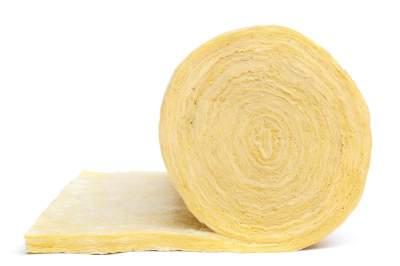What Is an Insulating Material?

Insulating materials are substances that resist or do not conduct electricity, such as plastic and rubber. Conductors easily transmit electricity, while semiconductors transition between conductive and insulative states under certain conditions like temperature changes.
The conductive properties of a material are determined by the mobility of free electrons within it. Insulators lack significant free electron movement, preventing electrical current flow.
Uses of Insulating Materials
Insulating materials are essential for covering circuit boards and cables in electronic devices to prevent electrical shorts. They are commonly used in power cables and other cable types like LAN and USB, utilizing rubber or vinyl as the insulating layer.
These materials also protect circuit board components from moisture by providing a waterproof coating.
Principle of Insulating Materials
The fundamental difference between insulators and conductors lies in the energy band gap between the conduction and valence bands. Insulators have a large band gap, preventing electrons from easily moving to the conduction band and hence inhibiting current flow. Conversely, conductors have a negligible band gap, allowing free electron movement and current flow. Under extreme energy conditions, such as lightning, insulators can become conductive.
Types of Insulating Materials
1. Gas Insulators
Gas insulators include air and sulfur hexafluoride (SF6), the latter known for its excellent dielectric strength in electrical applications, such as gas-insulated circuit breakers and gas-insulated transformers, though its usage is limited due to environmental concerns.
2. Liquid Insulating Materials
These range from vegetable oil to synthetic and mineral oils, used primarily for cooling and insulating in oil-filled electrical systems.
3. Solid Insulating Materials
Mica, ceramics, and glass are solid insulators, each offering unique properties like high heat resistance and insulation capability, used in a variety of electrical components.
4. Organic Fibrous Materials
Materials such as silk, cotton, paper, polyester, and nylon, with paper often used in conjunction with insulating oil in electrical equipment.
5. Paint-Based Materials
Insulating paints are created from synthetic or natural resins dissolved in solvents, applied to protect and insulate electrical components.
6. Rubber-Based Materials
Various rubbers, including silicone and natural rubber, are utilized for their insulating properties in wire coatings and molded products.
7. Resin-Based Materials
Both natural and synthetic resins are used in insulating paints, wire sheathing, and molded electrical insulators.